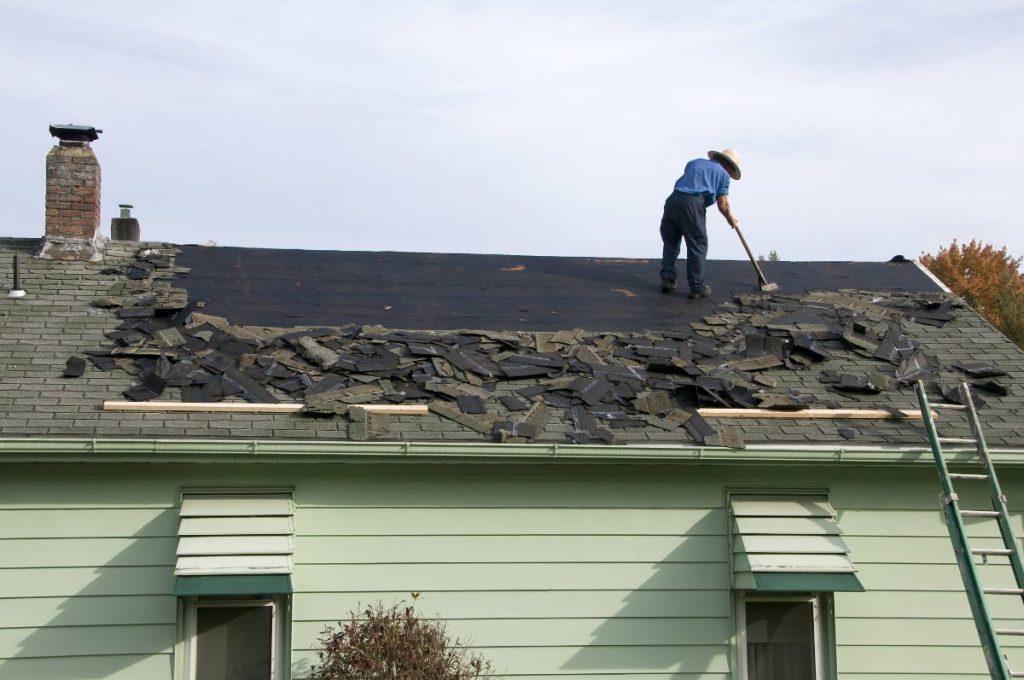Replacing a roof is a significant home improvement project that requires careful consideration and expertise. As a homeowner, you may wonder if it’s feasible to take on the task of replacing your own roof. While some homeowners may have the skills and experience to tackle such a project, it’s essential to understand the considerations involved and explore alternative options. In this article, we will delve into the question of whether a homeowner can replace their own roof, highlighting key factors and alternative approaches to consider.

The Complexity of Roof Replacement:
Roof replacement is a complex undertaking that involves various aspects, such as safety considerations, technical knowledge, and specialized tools. It requires skills in removing the existing roofing materials, installing new materials, and ensuring proper waterproofing and structural integrity. Additionally, roofing projects often require compliance with building codes and permits.
Considerations for DIY Roof Replacement:
Skill and Experience: Replacing a roof requires specific skills and experience to ensure a successful outcome. It involves working at heights, handling heavy materials, and using specialized tools. Assess your own capabilities honestly and consider whether you have the necessary expertise to complete the project safely and effectively.
Safety Concerns: Roofing work can be hazardous, especially for individuals without proper training and safety equipment. Working on a steep slope, navigating around roof openings, and managing potential hazards such as electrical wires or unstable surfaces all pose risks. Professional roofers are trained in safety protocols and have the appropriate safety gear to mitigate these risks.
Time and Efficiency: Roof replacement is a labor-intensive process that requires significant time and effort. It may take several days or even weeks to complete, depending on the size and complexity of the roof. Consider your availability and whether you can commit the necessary time to complete the project efficiently.
Alternative Options for Roof Replacement:
Hiring Professional Roofing Contractors: Engaging professional roofing contractors is the most common and recommended approach for roof replacement. Experienced roofers have the skills, knowledge, and resources to ensure a safe and efficient installation. They are familiar with building codes, can handle unforeseen challenges, and provide warranties or guarantees for their work.
Assisting Professional Roofers: If you have a strong interest in being involved in the roof replacement process, consider assisting professional roofers instead of doing the entire project yourself. This way, you can still participate, learn, and contribute while benefiting from the expertise and guidance of experienced professionals.
Partial DIY Approach: In some cases, homeowners with the necessary skills and experience may opt for a partial DIY approach. This involves performing specific tasks that are within their capabilities, such as removing the old roofing materials or assisting with cleanup. However, it is crucial to consult with professionals to ensure that the critical aspects of the installation are handled by experts.
Conclusion:
While it may be tempting for a homeowner can replace their own roof, it’s essential to consider the complexity of the project, safety concerns, and the need for specialized skills. Roof replacement requires expertise and compliance with building codes to ensure a safe and effective installation. Hiring professional roofing contractors or assisting them in the process is often the best approach. Consult with experienced roofers to explore the most suitable options for your roof replacement project, ensuring a successful and durable outcome.



Leave a Reply